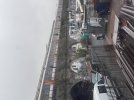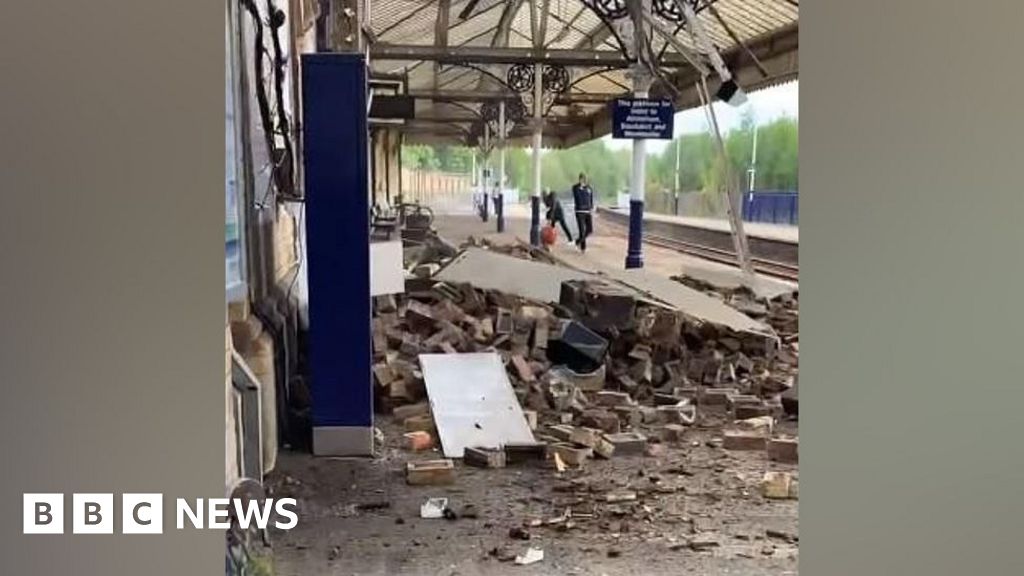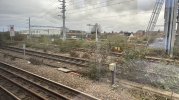modernrail
Established Member
- Joined
- 26 Jul 2015
- Messages
- 1,260
Hi. There are posts from time to time about this subject but I don’t think there have been definitive views on the point. I wondered if there might be one. This is with no prejudgment on my part. I am genuinely interested in the take of any structural engineers.
The attached photo shows things growing out of the viaduct that holds the overground and Southern lines at Peckham Rye.
To my untrained eye that looks like a lot of foliage. I can’t believe it is not adversely impacting what is a critical viaduct in terms of the London network.
- is that foliage damaging the viaduct?
- how bad is any damage likely to be?
- what are the long term maintenance and cost implications of allowing this growth to occur?
- if it is a problem, why is NR allowing this to occur. Budget can’t be a valid reason if this sort of thing is seriously undermining critical structures. Maybe it is not a problem?
The attached photo shows things growing out of the viaduct that holds the overground and Southern lines at Peckham Rye.
To my untrained eye that looks like a lot of foliage. I can’t believe it is not adversely impacting what is a critical viaduct in terms of the London network.
- is that foliage damaging the viaduct?
- how bad is any damage likely to be?
- what are the long term maintenance and cost implications of allowing this growth to occur?
- if it is a problem, why is NR allowing this to occur. Budget can’t be a valid reason if this sort of thing is seriously undermining critical structures. Maybe it is not a problem?



